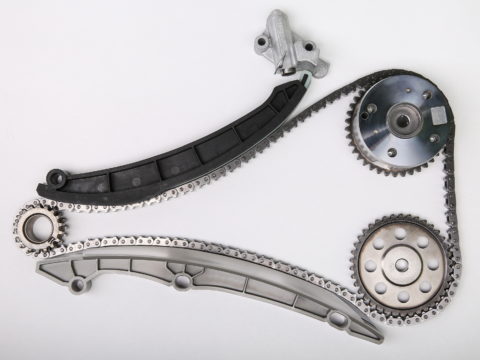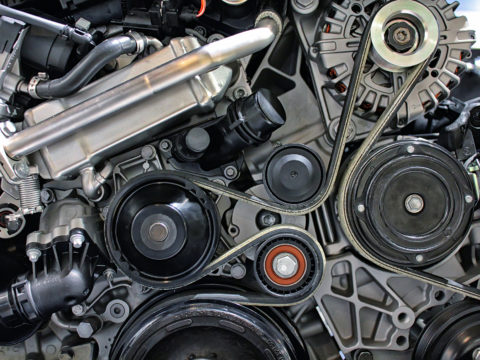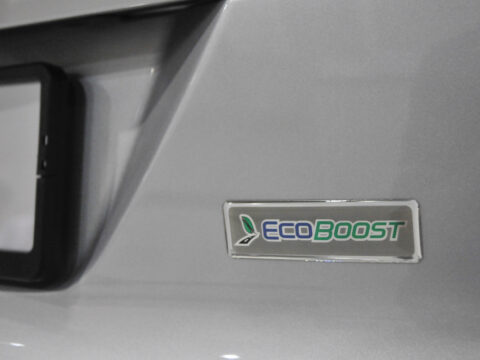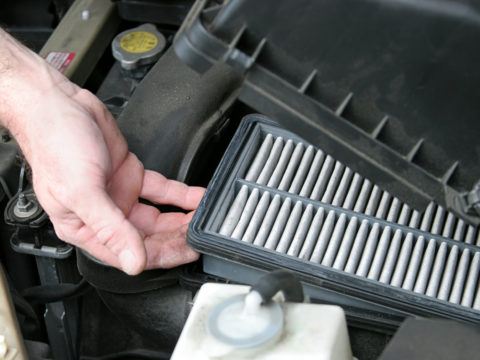All drivers fear the dreaded yellow check engine light. What does it mean? Why me?
The uncertainty feels awful. The problem could set you back thousands or only a few dollars.
A P0442 error code most often indicates a minor problem. Relatively speaking, it’s one of the better problems to have when the light comes on.
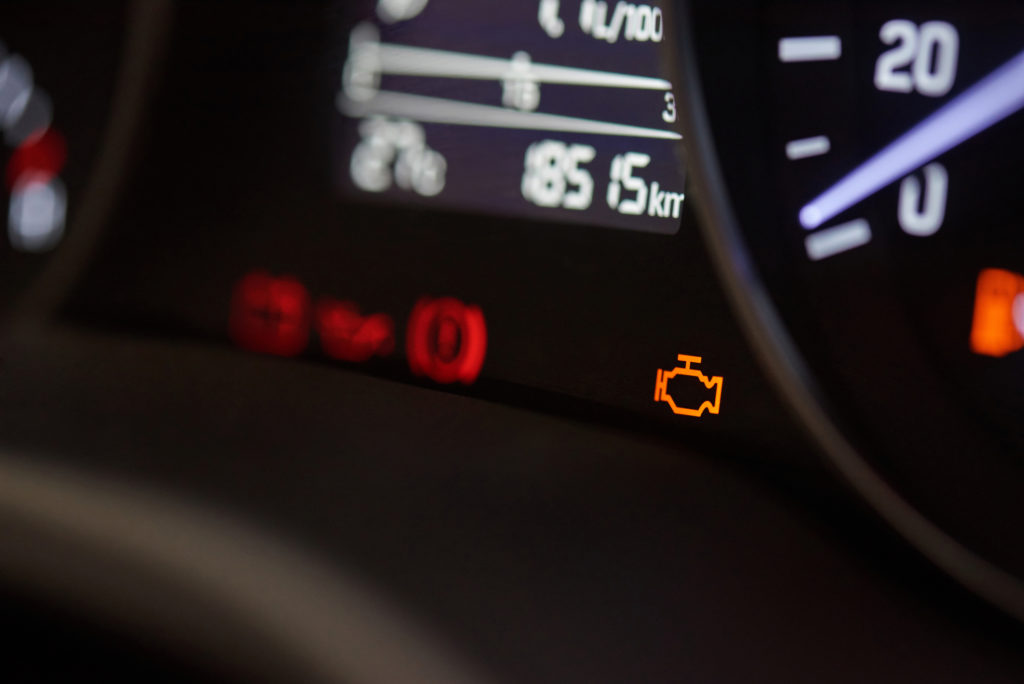
Contents
So, What Exactly Is Code P0442?
This code indicates a “medium leak” in your vehicle’s evaporative emission (EVAP) system.
The EVAP system is a climate-friendly, integral part of your car. It takes exhaust and redirects it back to your car’s combustion chamber.
With a non-electric or non-hydrogen vehicle, emissions will happen. However, this system significantly reduces your carbon footprint.
When your vehicle receives a reading suggesting a leak somewhere in this system, code P0442 occurs. “Small” leaks appear as P0456, while “large” leaks appear as P0455—the latter marks a time for immediate repairs, but, fortunately, not P0442.
What Causes Code P0442?
This code seems tricky at times as there are several possible causes. Let’s break down the most common causes.
Defective or Missing Gas Cap
Sometimes, drivers forget to turn off their cars while refueling. This happens most often with silent hybrid vehicles.
If you don’t completely tighten the gas cap after refueling while keeping the car on, P0442 might result. Missing the gas cap altogether results in P0442 often as well.
Worn Clamps or Hardened O-Rings in the EVAP System
The system resembles a complicated network of hoses, valves, rings, and more. As the car ages past five years or undergoes significant use, some of the intricate parts within this system may loosen or harden.
For example, a loose clamp along the rubber hoses under the car can leak vapor and result in a P0442. Likewise, a hardened o-ring not sealing properly allows for leaking vapor.
EVAP Hose or Charcoal Canister Tears
Typically these hoses lack extra protection against the road or elements, making tears possible.
The charcoal canister uses activated charcoal inside a small black plastic box found adjacent to the fuel tank. The charcoal stores fuel vapors, acting like a sponge. When the canister receives the appropriate signal, some of those vapors are released for use.
Tears or cracks upon the canister lead to leaks and, depending on the severity, code P0442.
Leaking Gas Tank Gasket
The gasket is the seal of the gas tank. The common idiom “blow a gasket” refers to the same gasket of a gas tank. So when it is “blown,” vapors release immediately like the proverbial steam.
It follows that a loose or old gasket can lead to P0442. A blown gas tank results in P0455 at a minimum, likely amongst a host of other issues. However, this is rare for a well-maintained vehicle.
Leaking Purge Valve or Vent Control Valve
The charcoal canister purge valve is best described as the gateway trapping vapors inside the canister. It is technically referred to as a “solenoid,” meaning it responds to electrical signals.
When it receives the proper signal, it opens to receive more vapors (into the charcoal) or release them back into the air intake (for recycled use). Behind a gas cap and a torn EVAP system hose, a leaking purge valve remains a common cause.
The vent control valve works nearly identical to the purge valve, resting upon the charcoal canister, except it mainly tests for vapor leaks. If there is too much pressure within the canister, the vent valve also activates like a safety release.
Damaged Gas Tank
Like a cracked charcoal canister housing vapors, a damaged gas tank leads to vapor leaking. So a good rule of thumb drivers should keep in mind when checking the EVAP system is: where there is flowing gas, there are gas vapors.
When filling up your tank, try not to overfill the tank. This might stress it beyond capacity, leading to leaked gas vapor.
Faulty Gas Tank Pressure Sensor
Optimal pressure tells a car’s EVAP system that a vapor leakage has not been detected. Naturally, if it drops, P0442 or a similar code might result.
A gas tank’s pressure sensor monitors its ongoing pressure for optimal levels. Dropping below this range often results in an EVAP code. However, if the gas tank’s integrity remains uncompromised, it could be a faulty sensor.
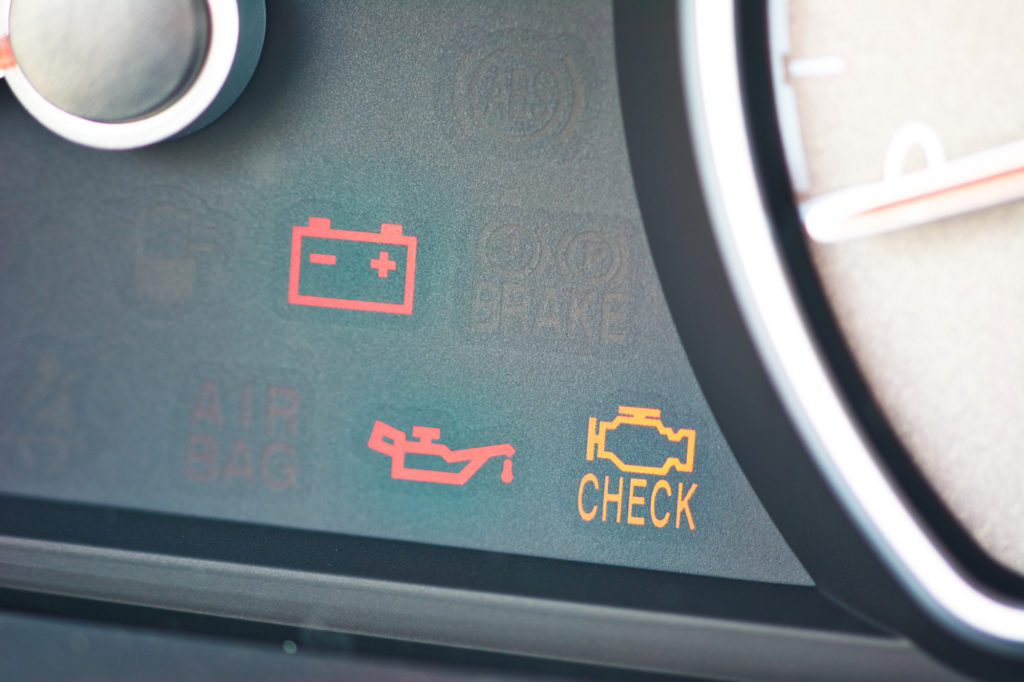
EVAP Leak Symptoms
The causes seem numerous, but with an EVAP leak, the symptoms are not. They’re at most, three.
Check Engine Light
This is the most common symptom by far. In many cases, it’s the only symptom.
Loose Gap Cap Light
Sometimes spelled as a “Loose Fuel Cap” light, this appears near the check engine light. Some cars have it, such as Mazdas, while many don’t. Instead, the check engine light switches on.
A Faint Gas Smell
If your nose picks up a strange smell while driving, particularly after refueling and as the check engine light turns on–you may have a code P0442.
How to Fix EVAP Leaks
When working with the EVAP system, the best method is to graduate from most common to least common causes.
Necessary Tools and Equipment
Likely, you may need:
- Safety gloves or durable rubber gloves
- WD-40
- Disposable cloth
Step 1: Clean and Tighten the Gas Cap
Chances are in your favor that cleaning and retightening your car’s gas cap will resolve the P0442 code.
To remove any rust, spray WD-40 separately onto the cap and the o-ring (attached to the car chassis) itself before cleaning with a disposable cloth. The rust hardens the metal of the o-ring, leading to an imperfect close. Then, recheck your engine light to determine if the issue is resolved.
Step 2: Purge or Vent Valve
Pop open the hood to find the charcoal canister. Specifically, search for the purge solenoid and the vent control valve. Check the tightness of both. Also, check the hoses connected to the canister for evidence of cracks or excessive wear and tear.
Check your engine light. If the issue is not yet resolved, a mechanic’s touch is needed. All trained mechanics can quickly fix a code P0442.
They need to review the portion of the EVAP system approachable through the bottom of the car.
If they determine the EVAP system hoses to be optimal, they will check the seals and o-rings relevant to the charcoal canister and gas tank.
Then it’s a matter of replacing the correct part.
How Much Does It Cost to Fix Code P0442?
The estimated diagnostic cost should run you no more than $200. Good auto repair shops may ask for between $75 and $150. If it’s a small and difficult-to-find leak, possibly another $100 at most. This is because EVAP system hoses run the length of the vehicle.
If parts need to be replaced, then a code P0442 typically pertains to caps, clamps, hoses, gaskets, solenoids, or valves.
A decent, generic gas cap almost always costs less than $50, often under $20. On the other hand, a replacement charcoal canister costs up to $600.
Chances are, however, the issue relates to a faulty hose, seal, or valve, costing far less.
Typically, the total repair bill comes to less than $300. Often, $0, excluding the cost of WD-40.
Can You Drive With a Code P0442?
Yes, you can drive with a P0442. But bear in mind that your gas efficiency will decrease, and more emissions will leave your car. The gas smell bothers some if their garage is compact.
It’s not recommended to drive with this code for an extended period as the leak might grow, leading to a more expensive problem.
How Long Can You Drive With an EVAP Leak?
Like with any problem causing the check engine light to flick on, the best practice is to find the root cause as soon as you can.
However, code P0442 remains a minor and stress-free problem. Turning off the car, tightening the gap, and clearing the code from your OBD-II scanner solves this occurrence most of the time.
If the check engine light returns within a couple of days, a mechanic needs to take a quick look to check for the source of the leak. These can be tough to spot and can grow if left unattended for too long.

